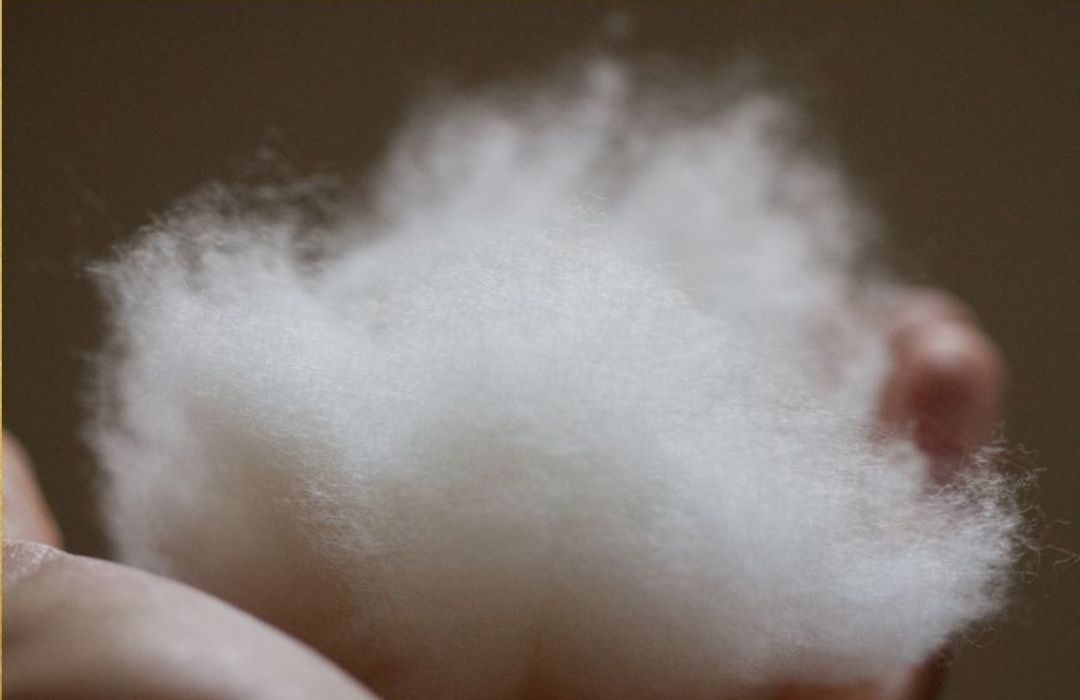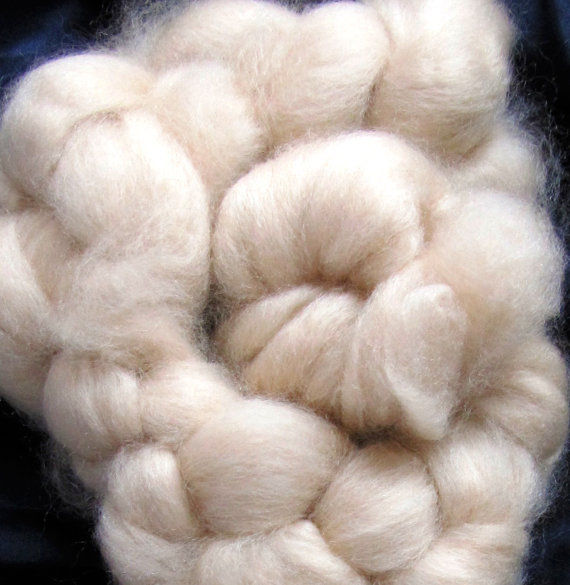What Is Cashmere and Why It’s a Key Item in Every Fashion Lover’s Wardrobe
What Is Cashmere and Why It’s a Key Item in Every Fashion Lover’s Wardrobe
Blog Article
Checking Out the Different Sorts Of Cashmere an All-natural Fiber for Ultimate High-end
Cashmere, an all-natural fiber, is often related to high-end and convenience. Not all cashmere is created equivalent. From the highly soft Mongolian range to the lightweight heat of Indian Pashmina, each kind offers its own distinct attributes and appeal. The a lot more inexpensive Chinese cashmere, the standard Scottish variation, and the high-end Italian mix, all inform a different story of this remarkable fiber. As we unwind the globe of cashmere, a much deeper understanding of its real worth and elegance starts to emerge.
Understanding the Extravagant Nature of Cashmere
Cashmere, frequently connected with deluxe and convenience, holds a distinct allure on the planet of natural fibers. This soft, light-weight material is fancied for its remarkable warmth and remarkable longevity. Unlike various other all-natural fibers, cashmere combines insulation with breathability, providing exceptional comfort throughout varying temperature levels. Its glossy finish and soft texture add to its premium charm, warranting the premium price that typically includes cashmere garments. Furthermore, cashmere's integral wrinkle resistance and flexibility improve its worth, making it a preferred choice for costs garments and devices. In spite of its fragile appearance, cashmere has an unexpected durability, able to keep its shape and luxurious feel gradually. This unique blend of features cements cashmere's placement as a symbol of style and extravagance.
Just What Is Cashmere and Where Does It Originate from?

Offered these extraordinary high qualities, one might question the origin and makeup of this glamorous fiber. Cashmere is stemmed from the soft undercoat of cashmere goats, largely located in Mongolia, China, Iran, and Afghanistan - is cashmere a natural fiber. These goats are adapted to extreme climatic conditions, generating an incredibly great, soft underfur as a defense versus the bitter cold. This underfur, or undercoat, is what is collected for cashmere. Each spring, when the goats naturally lost their winter months coat, farmers brush out the fine underhair, leaving the coarser hair behind. This meticulous procedure contributes to the shortage and high price of cashmere. With its beginning in the severe landscapes of Asia, cashmere is a testimony to nature's capability to generate luxury from adversity.
Deciphering the Different Types of Cashmere
Comprehending the various kinds of cashmere is vital to valuing the top quality and one-of-a-kind attributes of this extravagant textile. Usually, cashmere is classified into three types: raw, virgin, and reused. Translating these kinds is the very first action in comprehending the exclusivity and worth of cashmere.

The One-of-a-kind Features of Each Sort Of Cashmere
Having discovered the various classifications of cashmere, it becomes obvious that each kind flaunts its distinct set of attributes. Mongolian cashmere, for circumstances, is renowned for its remarkable quality, due go to this web-site to Mongolia's extreme winter seasons that generate longer and finer fibers. Conversely, Chinese cashmere is typically more economical, though its much shorter fibers can reduce resilience.
Why Cashmere Is the Embodiment of High-end in vogue
Cashmere holds a prestigious setting worldwide of fashion, pertained to as a sign of high-end and class. Its appeal is not just in its soft qualities and warmth, however likewise in its rarity and the careful procedure included in its purchase. Cashmere is originated from the great undercoat of Himalayan goats, recognized for their remarkable top quality fiber. The shortage of this fiber, combined with the labor-intensive process of collection, contributes to its high price and special standing. In addition, cashmere's unequaled comfort and toughness make it a popular product in the production of premium garments. Its all-natural light-weight and shielding residential or commercial properties add to its worth, making it the embodiment of luxury in fashion.
The Process of Making Cashmere: From Goat to Garment
The journey of cashmere, from being an undercoat of a Himalayan goat to an extravagant garment, is a detailed one. With the arrival of spring, my company farmers in Mongolia and China gather the wool by combing the goats, making sure no damage is done. The obtained woollen includes rugged external hair and soft downy undercoat. This mix is then meticulously divided, with only the soft down made use of for cashmere. This raw cashmere is washed, colored and spun into thread. The thread is after that woven or knitted right into fabrics. The last action entails pressing and washing to provide the fabric its characteristic soft qualities and heat. From goat to garment, each action is a testimony to the skill, persistence and artistry involved in crafting cashmere.

Final Thought
Finally, cashmere, with its natural beauty and unmatched convenience, preponderates on the planet of high-end fashion. The variety in types, ranging from the soft Mongolian, lightweight Indian Pashmina, budget friendly Chinese, conventional Scottish, to the colorful Italian, exposes the adaptability his comment is here of this natural fiber. The scrupulous process of changing it from a goat to a garment better includes in its exclusivity, making cashmere the embodiment of refinement and deluxe.
Cashmere, an all-natural fiber, is typically linked with high-end and convenience (is cashmere a natural fiber).Cashmere, commonly connected with high-end and convenience, holds an one-of-a-kind attraction in the world of all-natural fibers. Unlike various other all-natural fibers, cashmere combines insulation with breathability, supplying exceptional comfort throughout varying temperatures. Cashmere is acquired from the soft undercoat of cashmere goats, mainly found in Mongolia, China, Iran, and Afghanistan. Cashmere is acquired from the great undercoat of Himalayan goats, known for their remarkable high quality fiber
Report this page